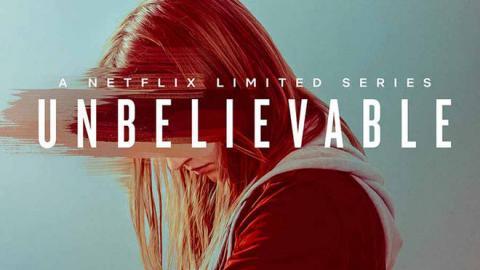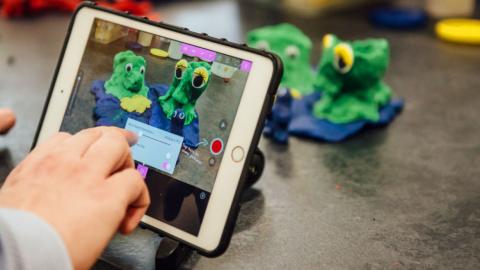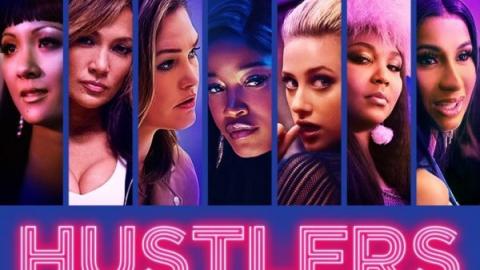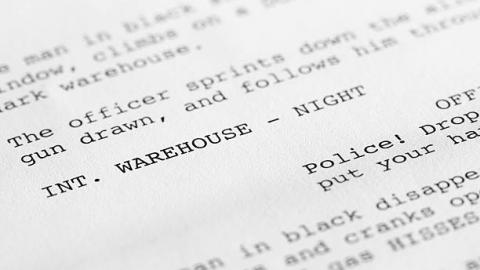Submitting RFPs to Colaborator
Share with friends
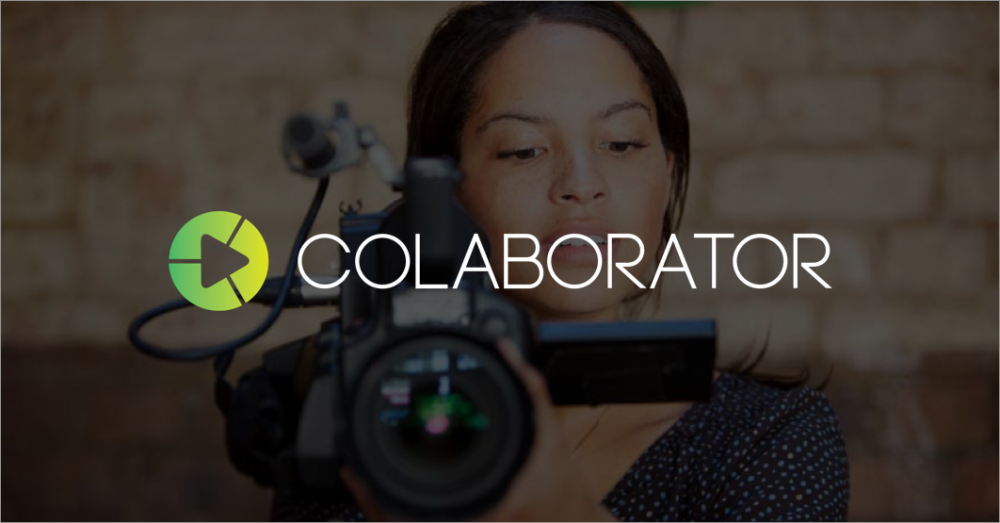
“RFP”s are a vital part of how a brand hires creative teams through Colaborator. Check out this article to see how they work and what submitting an RFP can do for your next project!
“RFP”s are a vital part of how a brand hires creative teams through Colaborator. So what exactly is a RFP? It stands for “Request for Proposal” which lays out a set of needs and requirements for a project. Qualified applicants submit their proposals to address those needs within the published budget. It is a bidding process in which the best proposal coupled with the most appealing budget wins the job.
How does it work at Colaborator?
At Colaborator, clients reach out to us with their proposal requests (typically seeking branded video content), and we work with them directly to hash out exactly what type of video they’re hoping to create. Once we’ve gathered all the necessary details, we build the RFP page for them on the Colaborator site and then set out to find professionals who are capable of filling the client’s needs. We not only reach out to the vast pool of qualified creatives who already exist on the site, but we also have a team of marketers and recruiters who spread news of the RFP across social media platforms, and perform direct outreach to eligible freelancers or production companies who may not yet be Colabotator members.
Over the course of the bid submission process, we have curators on staff who sift through the proposals just to ensure all the bids that come in actually match the needs of the client. Once the deadline is over, the client can then search through the submissions and choose which one they like the best. After their candidate is chosen, they are free to begin project production as they see fit.
What type of things are asked for in Colaborator RFPs and proposals?
Since Colaborator predominantly works in crewing video professionals, the details we ask for in an RFP typically pertain to those necessary for any video shoot. It’s always good to put out a little information about the client company and what the purpose is of the video so the bidders know who they might be working for and who their potential audience might be. Creatives also need to know information like what genre the video falls under (documentary, comedic, social video, etc), the desired running time of the video, whether it needs to be shot on location, if there’s a specific type of equipment the client is hoping for (ie are they looking for RED cameras only or are drone shots required, etc), what the deadline is for deliverables, and of course the general budget range. The more details an RFP contains, the easier it is to inform a potential applicant whether or not they are suitable for the job.
For those looking to submit a proposal to an RFP, it’s always advised to read everything in the project introduction, in the rules for submission, and in the FAQ’s. Sometimes a client may ask for a certain amount of experience in a particular editing software, or they want a creative to show that they understand the mood their video is going for (ie, if they want a serious documentary feel for a political film, they don’t want a proposal lining out a quirky storyboard with cartoon animations). If they say they need someone on the team who knows how to capture video on 35mm film, a company who only staffs digital camera operators probably shouldn’t be submitting a bid. If the film project offers a very small budget for a 30 second social media video, a bid showcasing a lot of expensive CG work is not going to be accepted. Another important note that may often be overlooked is that, much like a resume, a project proposal should be carefully looked over for errors before it’s submitted. A proposal that doesn’t read well and that is full of spelling and grammar errors is more than likely going to be set aside.
Show us an example of how this all comes together
Let’s say an ad agency named “Coffee Brains” creates a RFP and sends it over to us to post Colaborator. They explain who they are and that they want to solicit proposals for a producer/editor team that will help them create a ten minute mockumentary ad in the vein of The Office. They submit a budget range, include a video reference of what they’re hoping for, and all the necessary deadlines. Sounds great.
We review the information submitted and do a follow-up to fill in any blanks that might have been overlooked. They send us the additional info, we review it again and post it on Colaborator. An email immediately goes out to any creatives on the site who might be right for this job. If they are interested they submit a proposal which then gets curated and scored internally before being sent to the client for review and selection.
We receive one proposal that goes over the predetermined budget of the RFP, and our client made that a hard cutoff, so it’s rejected. A different proposal from Jane Doe is beautiful and has everything the client asked for, it makes the cut and is added to the list of recommended proposals to the client. The client chooses their favorite proposal out of the recommended bunch -- Jane Doe’s wins -- and an agreement is reached. Contracts are signed. Jane Doe completes the project, Coffee Brains lets us know they’re happy, and Jane Doe gets paid.
Throughout the whole process, Colaborator staff is onboard to assist should there be any questions or difficulties. We make it easy to create professional RFPs and easy for the creatives to submit to them, so if you’re in need of a project or looking to work on one, sign up for free at Colaborator.com today!
